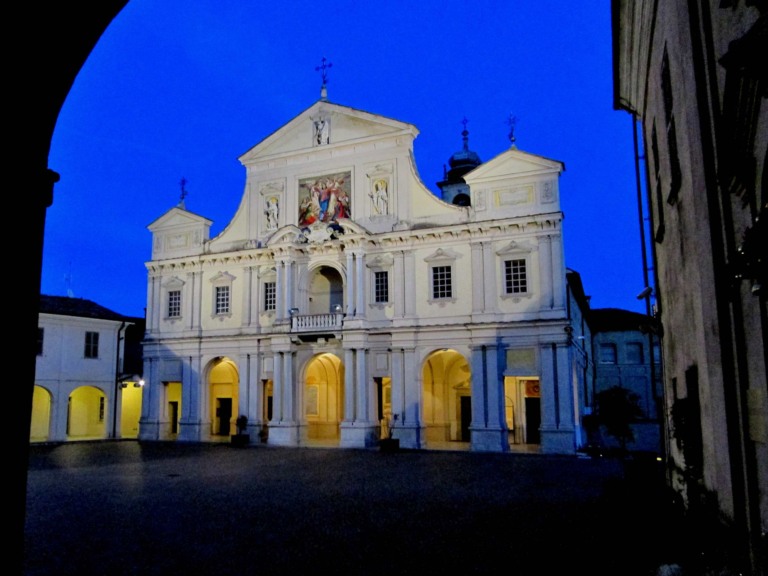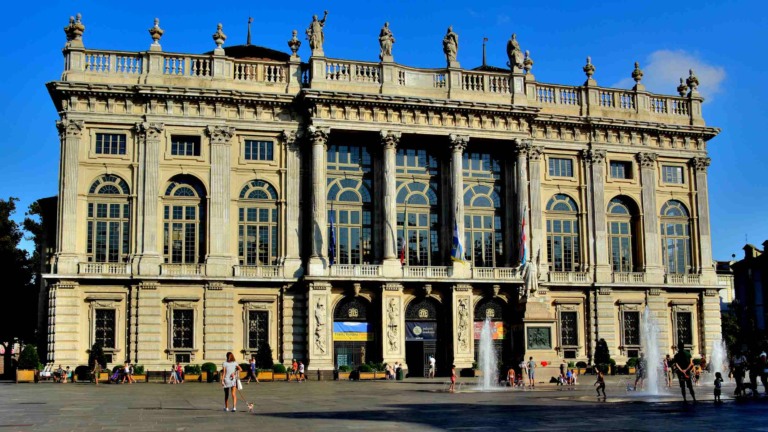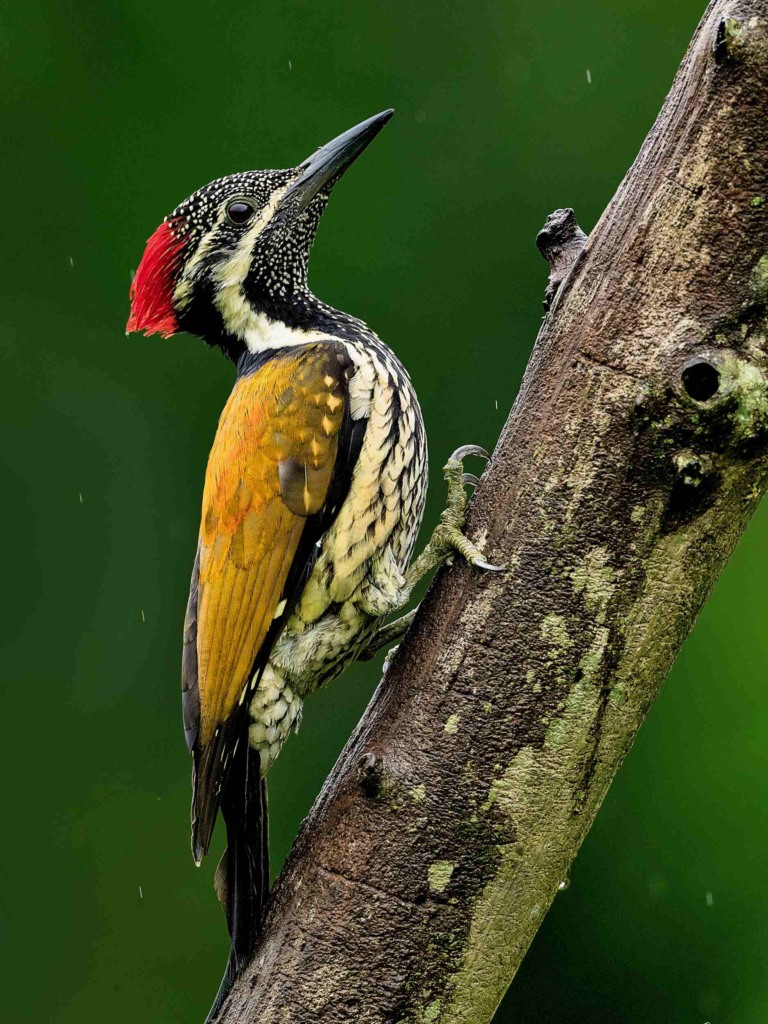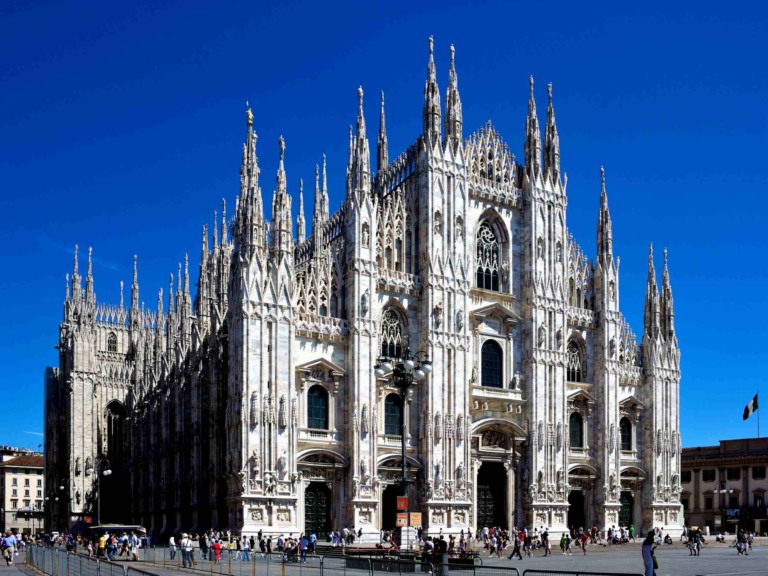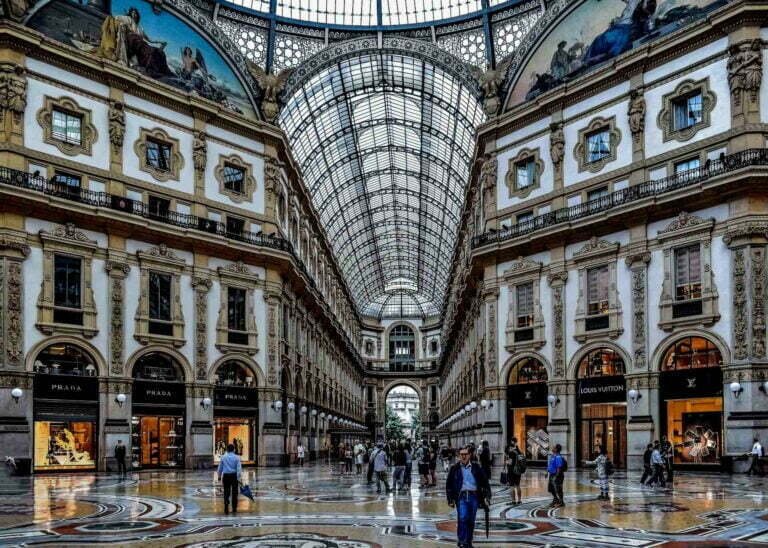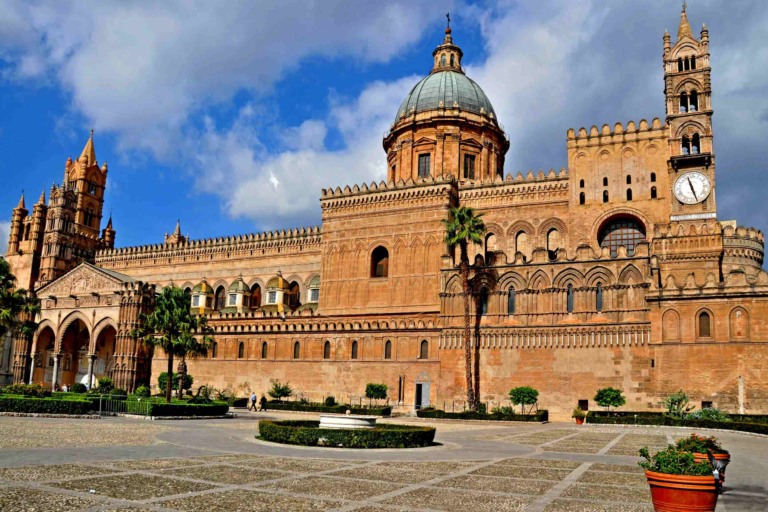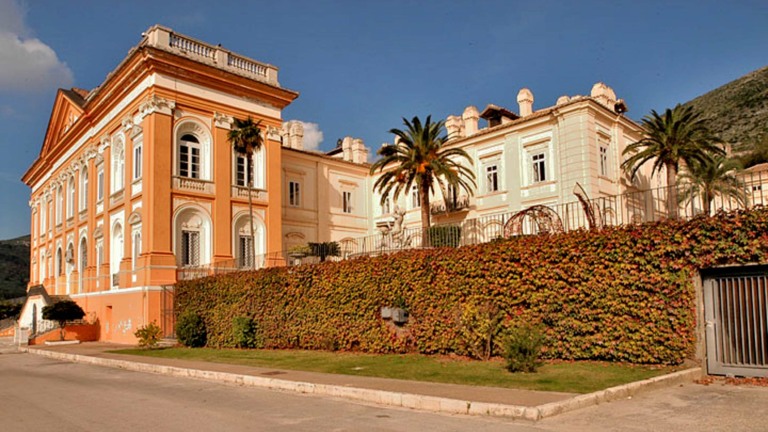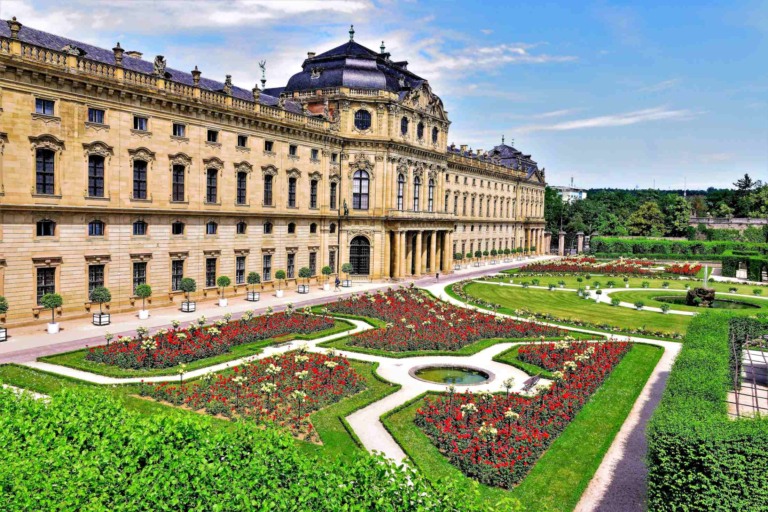The Great Hornbill (Buceros bicornis) is one of the most majestic and iconic bird species found in the Indian subcontinent and Southeast Asia. This large and impressive bird, also called the concave-casqued hornbill, great Indian hornbill, or great pied hornbill, is one of the largest hornbills. It mostly eats fruit, but it will also eat small mammals, reptiles, and birds. It is known to have lived in a zoo for almost 50 years. It is important in many tribal cultures and rituals because of its size and color. They are omnivorous and have a varied diet. Their primary food includes fruits, especially figs, but they also consume small mammals, reptiles, birds, insects, and even carrion. They have a unique feeding habit where they pluck fruits using their large bills and then toss them into the air to catch them with their mouths. Great hornbills are monogamous and usually form long-term pair bonds. They are also known to form small family groups during the breeding season. They are cavity nesters and prefer to nest in large natural tree hollows, often located high up in the canopy. The female seals herself inside the nest cavity during the incubation period, leaving only a small opening through which the male feeds her and the chicks. Here’s an overview of its distribution, habitat, behavior, and ecology:
